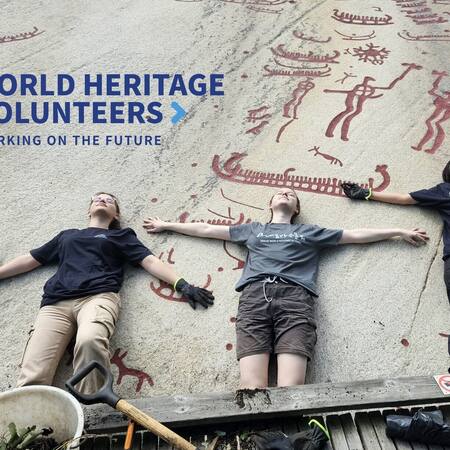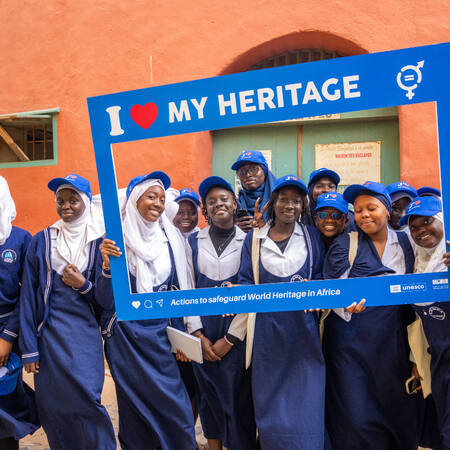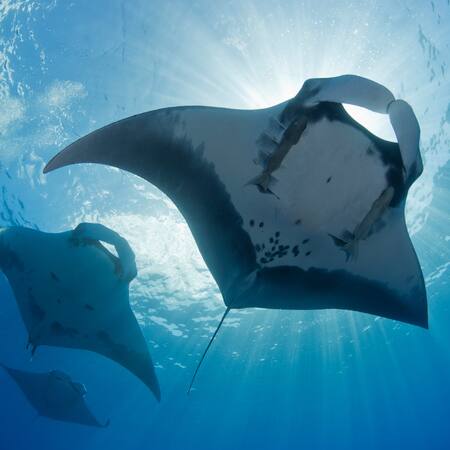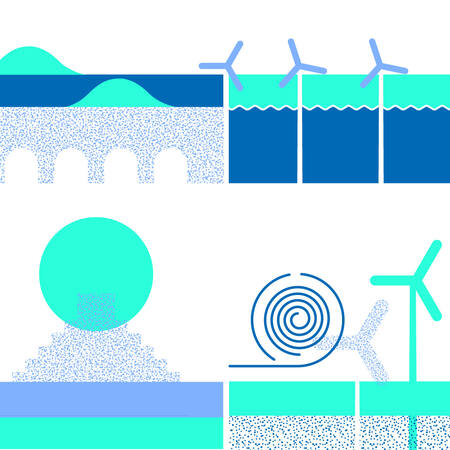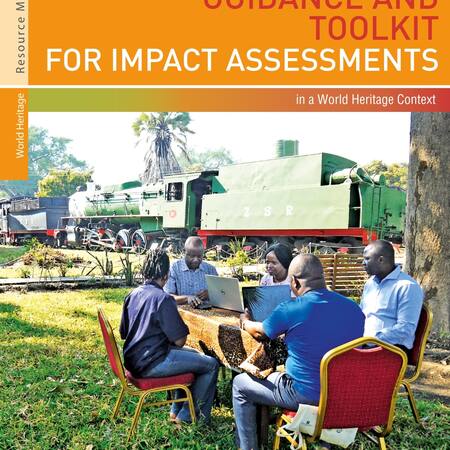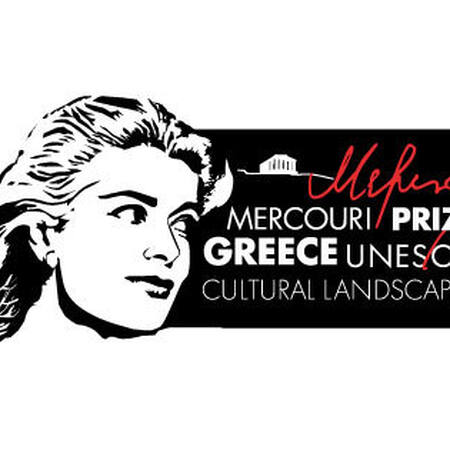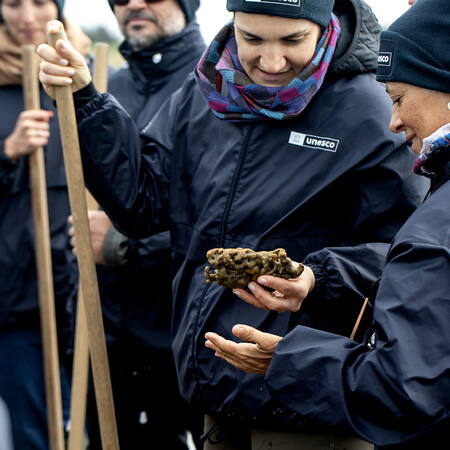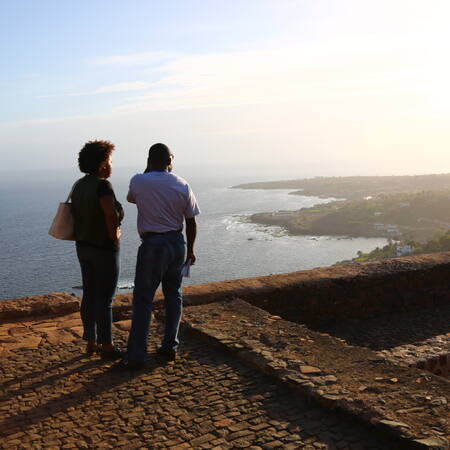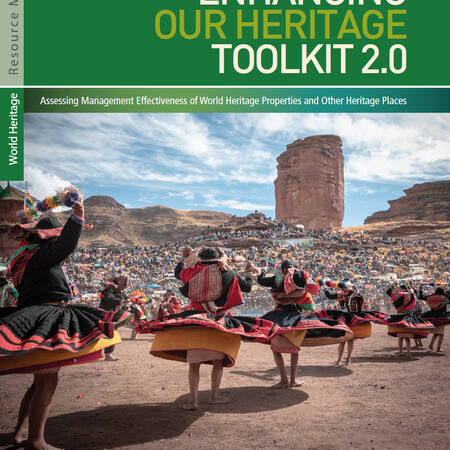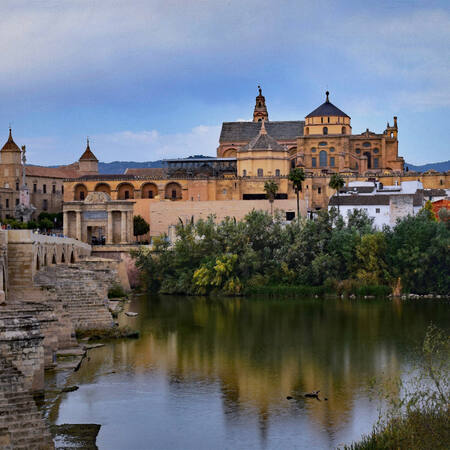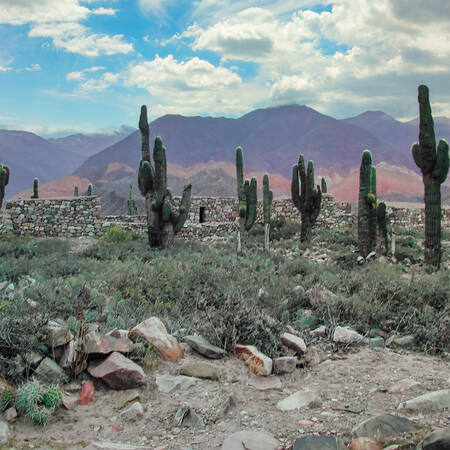Strengthening resilience by restoration and enhancement of the Tomb of Askia in Gao (Mali)
The restoration and enhancement project of the Tomb of Askia in Gao aimed to strengthen the resilience of the world heritage property to climate change impacts, particularly water erosion caused by heavy rains and ...
World Heritage Volunteers 2025 Campaign
89 action camp projects will be implemented from April to December 2025 at 82 World Heritage properties and sites on the Tentative Lists, by 70 organizations in 41 countries around the globe.
Featured
Safeguarding World Heritage in Africa
Africa has an incredible natural and cultural heritage. Yet, it also faces numerous challenges that hinder effective heritage conservation, management, and promotion for social and economic development.
Featured
World Heritage Online Map Platform
Funded by the Flanders UNESCO Trustfund (FUT), an online geographic information system for World Heritage is being developed.
Featured
World Heritage Marine Programme
51 flagship marine protected areas of Outstanding Universal Value: Beacons of Hope In a Changing Ocean
Featured
The objective of the Guidance is to provide easy-to-understand and user-friendly information on wind energy projects and World Heritage protection and management, and to highlight processes and tools for overcoming ...
Guidance and Toolkit for Impact Assessments in a World Heritage Context
UNESCO and the Advisory Bodies to the World Heritage Committee have issued new guidance for assessing impacts from projects that could potentially affect the planet’s most precious heritage places. Designed ...
Featured
Climate Change and World Heritage
World Heritage properties are affected by the impacts of climate change at present and in the future. Their continued preservation requires understanding these impacts to their Outstanding Universal Value and ...
Featured
The UNESCO-Greece Melina Mercouri International Prize for the Safeguarding and Management of Cultural Landscapes was created in 1995 to reward outstanding examples of action to safeguard and enhance the world’s ...
Marine Programme: World Heritage marine managers
World Heritage Marine Managers A flagship network empowered to transform how we protect Watch © The World Heritage List includes 51 marine sites across 37 nations. Local managers at these sites ...
Edinburgh includes many outstanding monuments and buildings, with very different styles in the different areas. The Old Town contains many 16th and 17th-century merchants’ and nobles’ houses, such as the early ...
Profile of 20 mentees engaged in 2024 (Phase 3)
Learn more about the 10 women and 10 men that have been engaged in November 2024. Candidates are selected following a call for interest launched by UNESCO, requesting them to submit their CVs and motivation ...
UNESCO Mentorship Programme for African Heritage professionals
The UNESCO Mentorship Programme was developed in 2020, in collaboration with the African World Heritage Fund (AWHF) and the three Advisory Bodies (ICOMOS, ICCROM and IUCN) to create opportunities for African ...
Enhancing Our Heritage Toolkit 2.0
The Enhancing Our Heritage Toolkit 2.0 (EoH 2.0) provides a globally tested self-assessment methodology to support World Heritage managers and actors to evaluate management effectiveness in a World Heritage property ...
World Heritage Site Managers' Forum
In recent years, it has become an established practice that a forum is organised in conjunction with each World Heritage Committee session. Since the 41st session of the Committee (Krakow, 2017), site managers from ...
Featured
Understanding, managing and conserving World Heritage properties requires up-to-date knowledge and well-honed skills. To help build the capacity of all stakeholders in World Heritage – whether they are ...
Featured
Historic Centre of Cordoba (Spain) UNESCO Urban Heritage Atlas: Cultural mapping of historic cities and settlements Jocelyn Erskine-Kellie, CC BY-SA, via Flickr World Heritage Cities UNESCO ...
There exist a great variety of Landscapes that are representative of the different regions of the world. Combined works of nature and humankind, they express a long and intimate relationship between peoples and ...
Featured
The World Heritage Young Professionals Fora are among the flagship activities of the World Heritage Education Programme, designed to foster learning and exchange by bringing together young people and heritage ...
In the period between 2004 to 2008, Historic England was dealing with an increased number of renewable energy applications that could be seen from the Hadrian’s Wall World Heritage site. In response, Historic ...

